What is game item interoperability?
January 15 2025

As web3 gaming evolves, one of the most exciting possibilities it brings is game item interoperability, a concept that allows players to carry and use their in-game items across multiple experiences.
Imagine earning a rare sword in one game and being able to use it in another—this is the potential of game item interoperability. This innovation is powered by NFTs (non-fungible tokens), which grant players true ownership of digital items, enabling them to transfer them between games and platforms.
For web3 developers, this presents an exciting opportunity to engage players in new ways.
In this post, we’ll explore what game item interoperability means, how NFTs enable it, and why this innovation is a game-changer for developers. We’ll also take a look at real-world examples of interoperability today and discuss how developers can easily leverage this feature through tools like Sequence.
Key takeaways
- NFTs enable true ownership of in-game items that can be used across multiple games.
- Game item interoperability increases engagement and expands opportunities for game developers.
- Web3 gaming facilitates item portability in ways web2 games cannot, due to centralized control and technical restrictions.
- Sequence enables developers to create NFTs and manage in-game items, making item interoperability easy to implement.
What is game item interoperability?
Game item interoperability refers to the ability of players to use in-game items—such as weapons, skins, or accessories—across multiple games or platforms. In the traditional gaming world, these items are locked to a specific game or ecosystem, making it impossible to transfer them elsewhere. However, with web3 gaming, NFTs enable a new level of item portability.
NFTs, stored on the blockchain, act as digital proof of ownership for in-game items. Since these items exist independently of any specific game, they can be used across various titles that recognize and support the same NFT standards. For example, a player who owns a rare weapon as an NFT in one game can carry that weapon into a different game, where it can take on new attributes or significance.
Furthermore, NFTs enable new ways for players to trade and monetize their in-game items. A player might acquire an item in one game and then sell it in an open marketplace or use it in a completely different game where that item might have different value or abilities. This kind of flexibility is impossible in traditional web2 games, where items are usually confined to one ecosystem.
This opens the door to cross-game ecosystems where players’ assets have value beyond a single title. As the blockchain is decentralized, no single web3 game developer has total control over the item, giving players true ownership and freedom to use their items however they wish, across compatible games.
Why game item interoperability is important
For players, the ability to use items across multiple games fosters a sense of ownership and investment that’s difficult to replicate in traditional games. When items can travel between games, players no longer feel that their time and money spent acquiring rare in-game assets are limited to just one title. Instead, their items gain a new level of versatility, increasing their personal and emotional investment in them.
For developers, game item interoperability presents an opportunity to build interconnected game ecosystems. By allowing players to bring familiar items into new gaming experiences, developers can tap into existing user bases from other games, enhancing engagement and attracting new players. This creates an opportunity for collaboration across games or even across different studios, as developers can build complementary games that share items, creating a more expansive and dynamic gaming world.
In traditional web2 gaming, such interoperability is nearly impossible due to centralized control, proprietary asset formats, and restrictive infrastructure. But web3’s decentralized framework, powered by blockchain technology, removes many of these barriers. With NFTs, items are not locked to a single game but can be recognized and used in any game that supports the same standards.
Examples of game item interoperability
While the concept of game item interoperability is still evolving, several web3 games and platforms are already exploring how NFTs can enable this feature, offering players more freedom and utility for their digital assets.
One example is Timefront, a web3 fantasy RTS by Flama Craftworks, where players can create custom gaming experiences and monetize them within the community. In each experience, players can own, sell, and trade in-game NFTs on a dedicated marketplace. Turbo Battle Arena, a 2D platformer incubated by Hourglass Collective, also envisions building a gaming ecosystem where players can gain and use the game’s native token across experiences.
In the The Sandbox, players can create, own, and monetize their gaming experiences using NFTs. Players can bring their assets, such as characters, items, and even virtual real estate, into The Sandbox from external platforms. These assets are not limited to The Sandbox either; they can be moved to other metaverse platforms that recognize the NFTs, creating a seamless flow of items across different virtual environments.
Similarly, Gods Unchained, an Immutable-based card game, allows players to own their collectible cards as NFTs. These cards can be traded on external marketplaces, and some have been integrated into other games that support similar NFT standards. This gives players the freedom to transfer valuable items across different gaming ecosystems, where their attributes or functionalities may vary based on the game they’re used in.
These examples illustrate how the web3 gaming industry is pushing the boundaries of item interoperability, allowing players to expand the utility of their in-game items across different worlds, games, and platforms. As more developers adopt this approach, we can expect game item interoperability to become a foundational element of the next generation of gaming.
How to enable interoperability for your next web3 game?
With Sequence web3 development platform, developers can easily create and manage NFTs, allowing players to carry their in-game items across different titles. Sequence web3 gaming stack simplifies the process by enabling games to read and access the NFTs in users' wallets, ensuring smooth item transfers and cross-game functionality.
Explore Sequence’s developer tools to integrate NFTs into your game and be part of the future of web3 gaming!
Sequence makes building onchain simple. Developers and teams can launch, grow, and monetize apps with unified wallets, 1-click cross-chain transactions, and real-time data, all in a modular and secure stack. No more stitching together fragmented tools or battling poor user flows. Sequence is production-ready infrastructure that helps teams ship faster, onboard more users, and scale confidently. From chains and stablecoins to DeFi and gaming, Sequence powers developers and applications across the EVM ecosystem with billions in transaction volume and millions of users. Trusted by leaders in blockchain, Sequence powers today’s onchain apps and delivers future-proof infrastructure for tomorrow’s breakthroughs. Learn more at sequence.xyz.
Written by
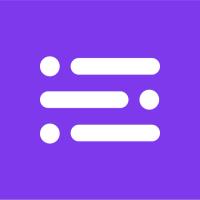
Sequence team
Sequence logoRelated Posts
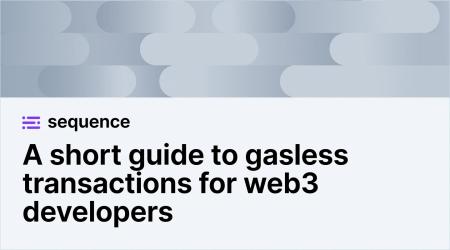
A short guide that explains exactly what gasless transactions are, and why they matter for your web3 experience.
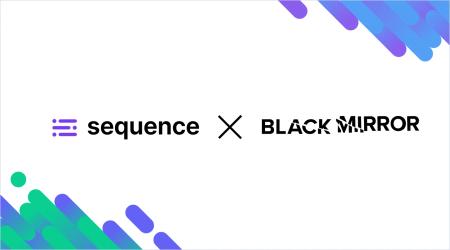
In partnership with KOR Protocol, Sequence and Msquared, Black Mirror's franchise has launched the $MIRROR token and a new web3 experience!
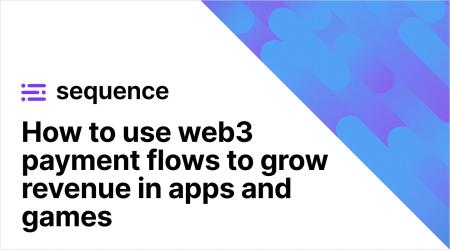
Web3 payment flows allow any app to embed onchain purchases and interactions in a way that feels natural for users. Learn more about them!
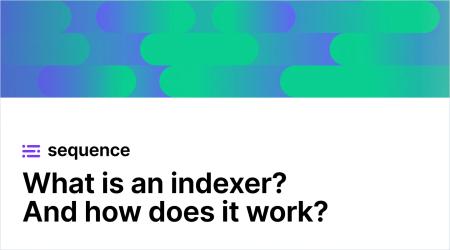
As more applications and protocols move onchain, indexers redefine how dev teams access, organize, and use blockchain data. Learn how!


